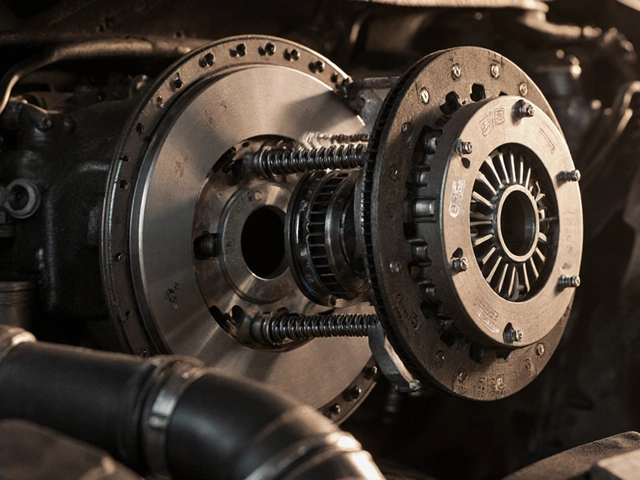Replacing Spark Plugs – Simple Steps to Keep Your Engine Happy
If your car feels rough at idle, hesitates when you step on the gas, or just seems thirsty for fuel, the spark plugs are probably to blame. They’re tiny but they do a huge job – they create the spark that ignites the fuel‑air mix in each cylinder. When they wear out, the engine runs hotter, uses more fuel, and can even miss a beat. The good news? Swapping them out is one of the easiest DIY jobs you can tackle, and it only takes a half hour with the right tools.
Why Spark Plugs Matter
Every time the engine turns over, a spark plug fires a small electric spark. That spark burns the fuel, turning chemical energy into mechanical power. Over time the electrodes wear down, carbon builds up, and the gap widens. A worn plug can cause misfires, rough idling, loss of power, and higher emissions. You’ll also notice a drop in fuel efficiency – often a few extra miles per gallon – because the engine has to work harder to compensate.
Most manufacturers recommend checking the plugs every 30,000 – 60,000 km, but you can spot trouble sooner. Look for these signs:
- Engine sputters or stalls when you’re at a stop.
- Hard start‑up, especially in cold weather.
- Reduced acceleration or a ‘bogged down’ feeling.
- Check‑engine light flashing with a misfire code.
- Visible deposits or a large gap when you pull a plug out.
If you notice any of these, it’s time to check the plugs. Replacing them before they fail can save you from a costly repair later.
How to Replace Them Yourself
Before you start, gather these basics: a ratchet with a spark‑plug socket (usually 5/8" or 13/16"), a torque wrench, a gap‑gauge, and a fresh set of plugs that match your engine’s specs. The exact plug type – copper, iridium, platinum – depends on your car, but the owner’s manual will tell you the heat range and gap.
Follow these steps:
- Cool down the engine. Hot plugs can damage your fingers and the new plug’s ceramic.
- Disconnect the battery. A quick safety move to avoid accidental sparks.
- Locate the plugs. Most engines have them on top of the cylinder head, arranged in a row or V‑shape. Remove any engine cover if needed.
- Remove the ignition coil or spark‑plug wire. Pull the boot straight off; twist it gently if it’s stubborn.
- Unscrew the old plug. Turn counter‑clockwise with the socket. Keep the socket straight to avoid breaking the ceramic.
- Check the new plug gap. Use the gauge to set the gap to the manufacturer’s spec – usually between 0.6 mm and 1.2 mm.
- Install the new plug. Hand‑tighten it first, then give it a final turn with the torque wrench (usually 13–20 Nm). Too tight can crack the thread.
- Reconnect the coil or wire. Push the boot on until you hear a click.
- Repeat for each cylinder. It’s best to work in the order the plugs are fired, which you can find in the service manual.
- Start the engine. It should run smoother, idle steadier, and feel more responsive.
After the job, take the car for a short drive. Listen for any odd noises and watch for the check‑engine light. If everything sounds normal, you’ve just saved a few hundred pounds and boosted your car’s efficiency.
Need a quick sanity check? Look at the old plugs after removal. If they’re black, oily, or covered in carbon, that confirms the upgrade was needed. If they’re still relatively clean, you might have been replacing them earlier than required – a reminder that not every car needs a plug swap at the exact mileage interval.
Remember, quality matters. Cheap plugs can wear faster and cause more problems. Spending a bit more on iridium or platinum plugs often means longer intervals between changes and smoother performance.
That’s it – replace spark plugs, improve power, and keep your car happy. If you run into any trouble, a quick call to your local garage (like Northwich Tyres Centre) can give you peace of mind and a professional look‑over. Happy driving!
 1 May 2025
1 May 2025
Spark Plug Maintenance: Should You Clean or Replace Them?
Not sure whether to clean your spark plugs or swap them out for new ones? This article unpacks the real pros and cons of both options. You'll get straightforward advice on how to spot worn-out plugs, plus tips for getting the most out of your engine. We’ll look at different types of plugs, real-world cost factors, and common mistakes people make. You’ll be able to decide what’s best for your car and your wallet, whether you drive every day or just on weekends.






0